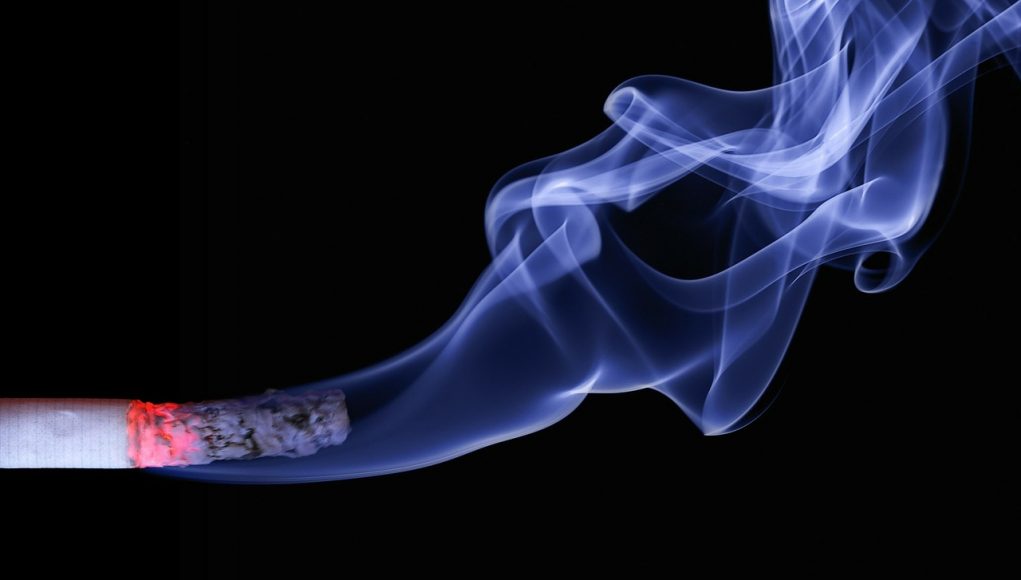The federally supported research was recently published in the journal Nicotine & Tobacco Research, and involved testing saliva samples over 1,200 children. The researchers found that up to 15% of the participants had levels of cotinine, a byproduct of the body’s breakdown of nicotine, comparable to the level which would be found in an adult smoker.
Approximately 63% of the babies and toddlers who participated in the study had discernible levels of cotinine, which is clear evidence of a significant level of exposure to second- and third-hand smoke. Previous similar research which was focused on older children, had detected cotinine in less than half of the subjects.
“We’re finding (as much as) 15 percent of the babies have levels as if they were smokers themselves,” said senior study author and professor of cognitive psychology at New York University, Clancy Blair.
The situation is worse than previously thought
The study’s lead author and a professor of human development and family studies at Pennsylvania State University, Lisa M. Gatzke-Kopp, said that these levels are alarming. “It was definitely more than we expected, and it’s scary,” she said. “Smoke continues on in the environment even after the cigarette is out.”
“I think some parents are trying to reduce their children’s exposure,” said Gatzke-Kopp. “They’re making a good effort. They go outside, or they don’t smoke around their child, but they may not know it’s all over them, and when they pick the baby up and cuddle the baby, the baby’s getting it through their clothes, their hair.”
The study author pointed out that the majority of the children’s mothers said that they do not smoke. On the other hand, about a quarter of them admitted to smoking while pregnant, and about 30% of them said they started smoking again only after their children were born.
Children could be at an even higher risk in urban areas
The children tested came from rural and low income communities, however the researchers pointed out that the situation for children from urban areas may be even worse. “It might be even more worrisome, in that kids in urban environments are operating in more of a toxic chemical soup than kids in a more rural environment,” Blair said.
The researchers said they will be using this data to determine whether increased exposure to second- and third-hand smoke is related to later health problems, such as learning disabilities. “It’s definitely true that nicotine binds in the brain in special receptors that affect things like cognition and attention, and there’s every reason to believe all brains are equally vulnerable,” said Gatzke-Kopp.
Read Further: MedicalXpress




![Recent Conference Urged Nations Worldwide to “Quit [Smoking] Like Sweden”](https://www.vapingpost.com/wp-content/uploads/2024/04/vape-conference-238x178.png)




![Recent Conference Urged Nations Worldwide to “Quit [Smoking] Like Sweden”](https://www.vapingpost.com/wp-content/uploads/2024/04/vape-conference-180x135.png)


